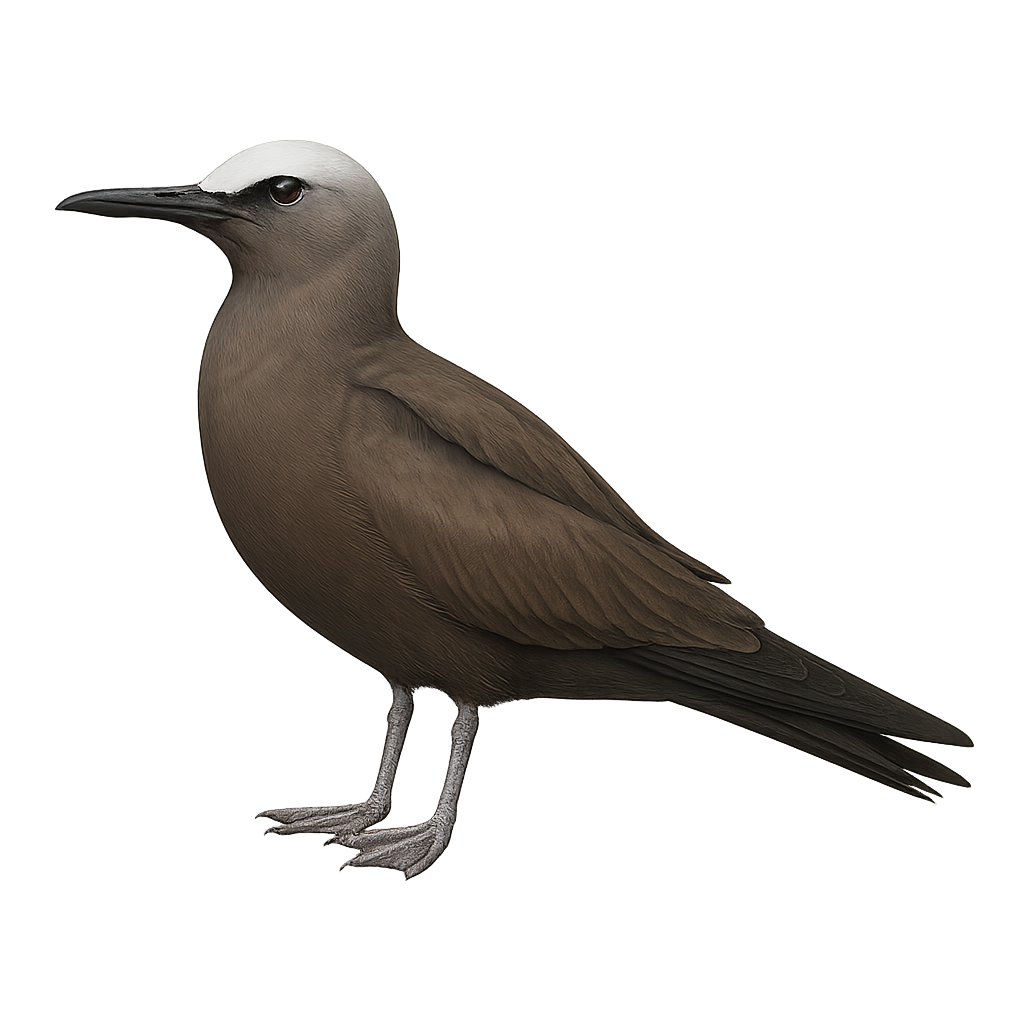Your wildlife photography guide.
Explore the brown noddy in detail, study its behavior, prepare your shots.
Where to observe and photograph the brown noddy in the wild
Learn where and when to spot the brown noddy in the wild, how to identify the species based on distinctive features, and what natural environments it inhabits. The WildlifePhotographer app offers tailored photography tips that reflect the brown noddy’s behavior, helping you capture better wildlife images. Explore the full species profile for key information including description, habitat, active periods, and approach techniques.
Brown Noddy
Scientific name: Anous stolidus

IUCN Status: Least Concern
Family: LARIDAE
Group: Birds
Sensitivity to human approach: Tolerant
Minimum approach distance: 5 m
Courtship display: April to June
Incubation: 33-36 jours
Hatchings: May to August
Habitat:
Tropical islands, rocky coasts, mangroves
Activity period :
Primarily active during the day, with peak activity in the morning and late afternoon.
Identification and description:
The Brown Noddy, Anous stolidus, is a medium-sized seabird belonging to the family Laridae. It is easily recognizable by its dark brown plumage and distinctive white cap. This bird is primarily found in tropical and subtropical regions, often nesting on isolated islands. It feeds mainly on fish and squid, which it catches by diving into the water. The Brown Noddy is an excellent flyer, using air currents to travel long distances over the ocean. Although generally not very shy, it can become suspicious during the breeding season.
Recommended lens:
400 mm – adjust based on distance, desired framing (portrait or habitat), and approach conditions.
Photography tips:
To photograph the Brown Noddy, it is advisable to use a 400mm lens or longer to capture detailed images without disturbing the bird. Look for colonies on tropical islands where they often nest in large numbers. The best photos are often taken early in the morning or late in the afternoon when the light is soft. Be patient and discreet to observe their natural behavior, especially when they dive for food.
The WildlifePhotographer App is coming soon!
Be the first to explore the best nature spots, track rutting seasons, log your observations, and observe more wildlife.
Already 1 439 wildlife lovers subscribed worldwide

